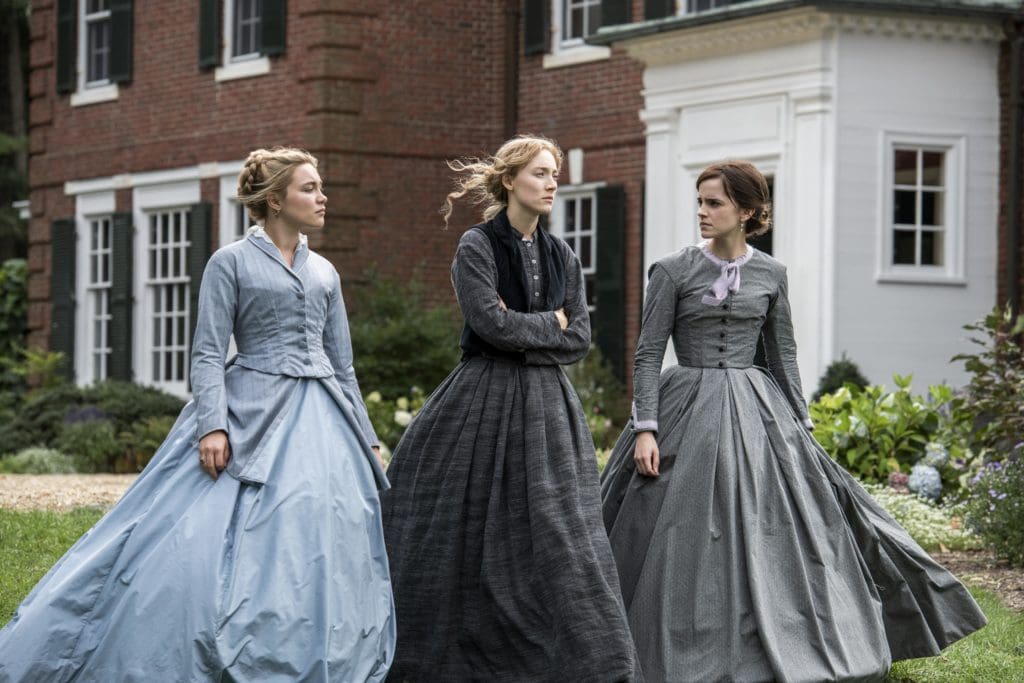
I was perusing the New York Times the other Sunday and came across an interesting article regarding another Oscar contender, Little Women. The author’s point of view on the film was written from an African-American perspective. The article is titled The Bearable Whiteness of Little Women.
The author’s take is that Louisa May Alcott has written a book about the March sisters that transcends their whiteness and simply inhabits their times and offers one filter on how to move in the world as women navigating difficult waters in the 19th century. When the author talks about being black and watching the film and says,”empathy looks less like identifying with the other and more like emotional hegemony” I can understand her perspective.
Little Women is certainly a book of Alcott’s time and her characters and their struggles do offer only one lens through which to view it and is not the only defining way to have interacted during those times. However, reading the book today, seeing this movie on screen during the times we live in today, it is hard to suspend one’s feelings regarding race, particularly if one is made up of more than one race.
I look at the March sisters and I identify with them, not only on an emotional level, but in looking like them, i.e. white. I am not wholly white, but the March sisters invite me into their world and into myself that is racially made-up of two parts, I find it easier to embody my whiteness and abandon my color so I too can be like them.
It is one thing to say clearly, I am wholly another race and I can appreciate this film not by identifying with the white characters, but by being emotionally present with them and their experiences. It is another to be half white and half color and be seduced by these characters to the point that biracial and multiracial people end up forgetting a part of their racial identity – even if only for a time.
In watching films like this, I notice how I am apt to completely identify with one part of my racial make-up and sort of feel grateful that I look like these courageous characters. Simultaneously, I can see myself abandoning my East-Indian identity, grateful that I don’t appear Indian as then I would not be like them, i.e. the other. The cascade of shame descends upon me.
When one is half white and half color, the line one walks is one that challenges us to remain whole in our identity — neither putting down the side that the media glorifies nor feeling shame for taking distance from our color.
I loved Little Women. However, after the film, as I thought about the March sisters and their trials and turbulations, I found myself completely identified with them. Where did my Indian side go? I didn’t see her there nor did I want to.
